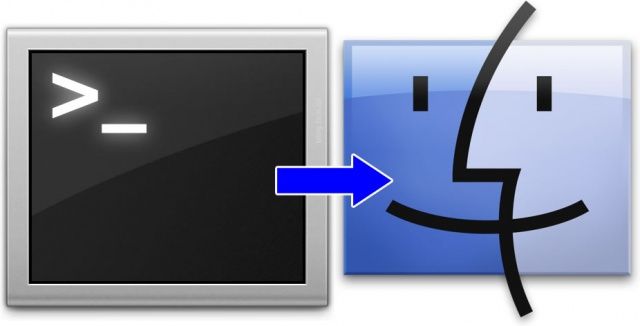
Cara Hack Wireless Dengan Cmd Tricks Windows
Cara ini berfungsi untuk menyedot bandwith pengguna yang main di area sekitar hotspot tersebut. Pada ping- L 500 10.0.1.2 -tanda juga bisa mengubah angka 500 jadi 1000 atau lebih, tapi jangan terlalu berlebihan ya, kasian pengguna lain.
Wireless networks are accessible to anyone within the router’s transmission radius. This makes them vulnerable to attacks. Hotspots are available in public places such as airports, restaurants, parks, etc. In this tutorial, we will introduce you to common techniques used to exploit weaknesses in wireless network security implementations.
We will also look at some of the countermeasures you can put in place to protect against such attacks. Topics covered in this tutorial • • • • • • What is a wireless network? A wireless network is a network that uses radio waves to link computers and other devices together. The implementation is done at the Layer 1 (physical layer) of the OSI model.
How to access a wireless network? You will need a wireless network enabled device such as a laptop, tablet, smartphones, etc. You will also need to be within the transmission radius of a wireless network access point.
Most devices (if the wireless network option is turned on) will provide you with a list of available networks. If the network is not password protected, then you just have to click on connect. If it is password protected, then you will need the password to gain access. Wireless Network Authentication Since the network is easily accessible to everyone with a wireless network enabled device, most networks are password protected. Let’s look at some of the most commonly used authentication techniques.
The Padma Purana categorizes Matsya Purana as a Tamas Purana, or one that glorifies Shiva. The text and tradition asserts that Matsya Purana had 20,000 verses. However, extant manuscripts contain between 13,000 to 15,000 verses. The Matsya Purana is also notable for being encyclopedic in the topics it covers. Along with the five topics the text defines a Purana to be, it includes mythology, a guide for building art work such as paintings and sculpture, features and design guidelines for temples, objects and house architecture (Vastu-shastra), various types of Yoga, duties and ethics (Dharma) with multiple chapters on the value of Dāna (charity), both Shiva and Vishnu related festivals, geography particularly around the Narmada river, pilgrimage, duties of a king and good government and other topics. The text is notable for providing one of earliest known definition of a Purana genre of literature. A history written with five characteristics is called a Purana, states Matsya Purana, otherwise it is called Akhyana. These five characteristics are cosmogony describing its theory of primary creation of the universe, chronological description of secondary creations wherein the universe goes through the cycle of birth-life-death, genealogy and mythology of gods and goddesses, Manvantaras, legends of kings and people including solar and lunar dynasties. The Purana narrates the story of Matsya, the first of ten major Avatars of Vishnu. The text describes a Pralaya - the mythology of a great flood, where in the world and humans led by Manu, the seeds of all plants and mobile living beings, as well as its knowledge books (Vedas) were saved by the Matsya avatar of Vishnu. Matsya purana english pdf free.
WEP WEP is the acronym for Wired Equivalent Privacy. It was developed for IEEE 802.11 WLAN standards. Its goal was to provide the privacy equivalent to that provided by wired networks. WEP works by encrypting the data been transmitted over the network to keep it safe from eavesdropping.
WEP Authentication Open System Authentication (OSA) – this methods grants access to station authentication requested based on the configured access policy. Shared Key Authentication (SKA) – This method sends to an encrypted challenge to the station requesting access. The station encrypts the challenge with its key then responds.
If the encrypted challenge matches the AP value, then access is granted. WEP Weakness WEP has significant design flaws and vulnerabilities. • The integrity of the packets is checked using Cyclic Redundancy Check (CRC32).
CRC32 integrity check can be compromised by capturing at least two packets. The bits in the encrypted stream and the checksum can be modified by the attacker so that the packet is accepted by the authentication system. This leads to unauthorized access to the network.
• WEP uses the RC4 encryption algorithm to create stream ciphers. The stream cipher input is made up of an initial value (IV) and a secret key. The length of the initial value (IV) is 24 bits long while the secret key can either be 40 bits or 104 bits long. The total length of both the initial value and secret can either be 64 bits or 128 bits long.
The lower possible value of the secret key makes it easy to crack it. • Weak Initial values combinations do not encrypt sufficiently.

This makes them vulnerable to attacks. • WEP is based on passwords; this makes it vulnerable to dictionary attacks. • Keys management is poorly implemented. Changing keys especially on large networks is challenging. WEP does not provide a centralized key management system. • The Initial values can be reused Because of these security flaws, WEP has been deprecated in favor of WPA.
WPA WPA is the acronym for Wi-Fi Protected Access. It is a security protocol developed by the Wi-Fi Alliance in response to the weaknesses found in WEP. It is used to encrypt data on 802.11 WLANs. Drake so far gone zip sharebeast. It uses higher Initial Values 48 bits instead of the 24 bits that WEP uses. It uses temporal keys to encrypt packets. WPA Weaknesses • The collision avoidance implementation can be broken • It is vulnerable to denial of service attacks • Pre-shares keys use passphrases.